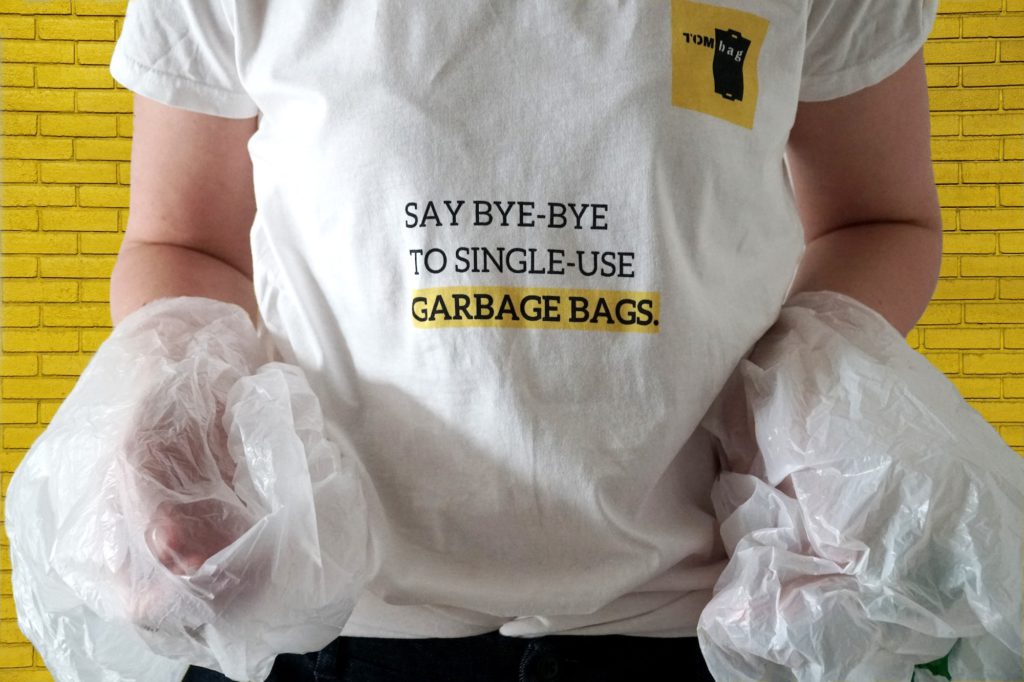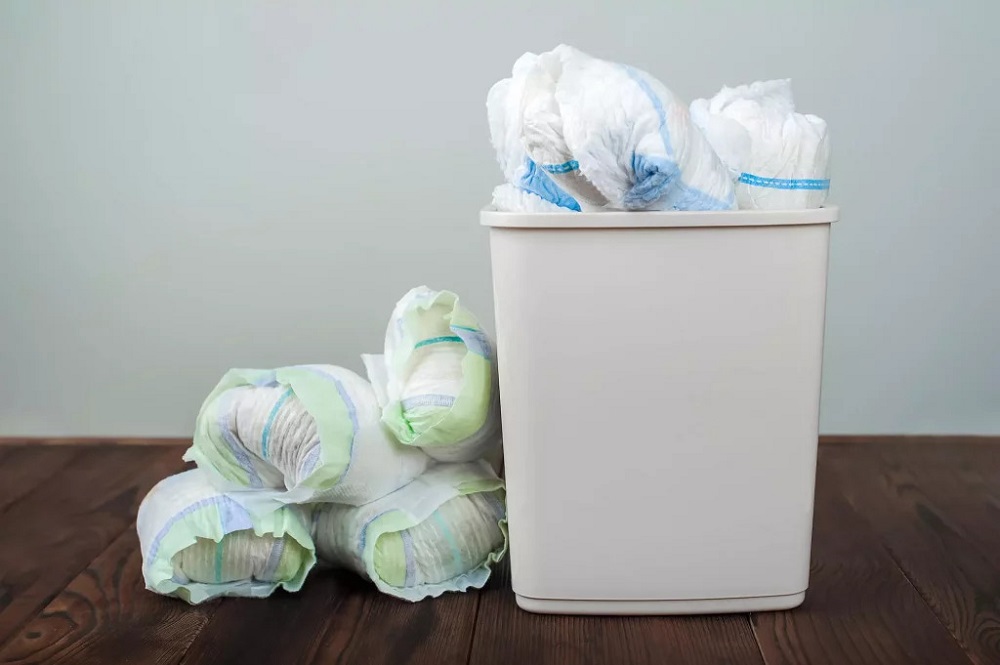
This article discusses how to properly dispose of adult diapers at your medical institution and how to do so in a way that is both consistent with the law and considerate of the environment.
An important and frequent health issue impacting the senior population is urinary incontinence. Over 50% of elderly Americans in the United States struggle with incontinence, according to a government survey by the Centre for Disease Control (CDC). But it’s not simply an issue for the elderly; 423 million people are thought to experience incontinence globally.
Adults and the elderly may require anywhere between two pads and a full diaper change to four full changes of adult diapers and incontinence products on an ordinary day, depending on a variety of variables.
Factors like:
- The volume of liquids you drank that day
Different types of fluids have different effects on the body (caffeinated and spicy drinks might make the kidneys filter more waste out of the body).
Spices can aggravate the bladder, causing it to produce more urine. Some foods and beverages can have a negative reaction (diarrhea).
- The quantity of adult diapers that must be disposed of daily will depend on the quality of the diapers and pads. Although more expensive diapers include superior materials, more barriers, elastic waist, and leg bands, unidirectional wicking to minimize moisture contact, quick absorption, and a larger capacity, not everyone in nursing homes or other healthcare facilities can afford cutting-edge incontinence products.
You can imagine how the AHP waste will start to accumulate very fast in your medical or elder care facility, regardless of the sort of AHP (Absorbent Hygiene Product*) that is being utilized.
All waste resulting from the use of infant diapers, feminine care items (tampons, pads, and pantyliners), and adult incontinence products is collectively referred to as *AHP waste.

How to properly discard adult diapers and incontinence supplies?
What will you do with all of them? Do you know if you are properly and safely disposing of incontinence waste?
1. Are diapers and other AHP waste regarded as HCRW (healthcare risk waste) or medical waste?
The waste must be separated and handled as HCRW if the nappies, incontinence pads, or any other AHP waste comes from a patient getting treatment for an infectious disease.
This implies that any adult diapers and incontinence pads produced at a healthcare facility are immediately regarded as medical trash and must be handled in the same manner as soft clinical waste.
2. Is it necessary to treat diapers and other AHP waste coming from healthcare facilities before disposal?
Yes. AHP waste produced by a healthcare facility must be treated at an approved facility first using either combustion or non-combustion treatment technologies before being disposed of since it is automatically considered to be HCRW.
3. How are medical facilities classified? Facilities for providing healthcare are called health facilities. Medical establishments such as hospitals, clinics, outpatient care facilities, and speciality care facilities such as maternity and mental health facilities are included.

The correct and proper treatment of all of the aforementioned healthcare waste (including AHPs created at a healthcare facility) is defined by various pieces of legislation, and this includes separation and storage.
A crucial step in the disposal process is the proper separation and storage of healthcare risk waste, which necessitates having several custom (color-coded), legal, and sealed containers for various waste streams.
To reduce the risk of needlestick injuries, contamination, or infection, these receptacle units should be routinely replaced with meticulously cleaned replacements, be impenetrable and seepage-proof, with a self-locking cover.
Modern, large-capacity diaper bins from Initial are available, and the frequency of collection is based on the size of your company. Healthcare professionals’ used diapers are disposed of in compliance with medical waste disposal laws.
A legal document called the garbage Tracking Document keeps track of who created the garbage, how much of it is being handled, what kind of waste it is, when it was treated, and who handled it before it was disposed of.
This paper trail, which involves signing and dating documents, is essential to accurately documenting the “cradle to grave” management of healthcare risk waste. It also gives you peace of mind that the waste is being handled and disposed of at the right locations.
To guarantee that incontinence waste from your healthcare institution is disposed of in compliance with legal requirements, Initial, a registered trash carrier, can provide a safe and hygienic diaper and incontinence waste service.
To prevent groundwater pollution, they are thoroughly confined and disinfected before being dumped in Class B Hazardous Sites that are inaccessible to waste pickers.






